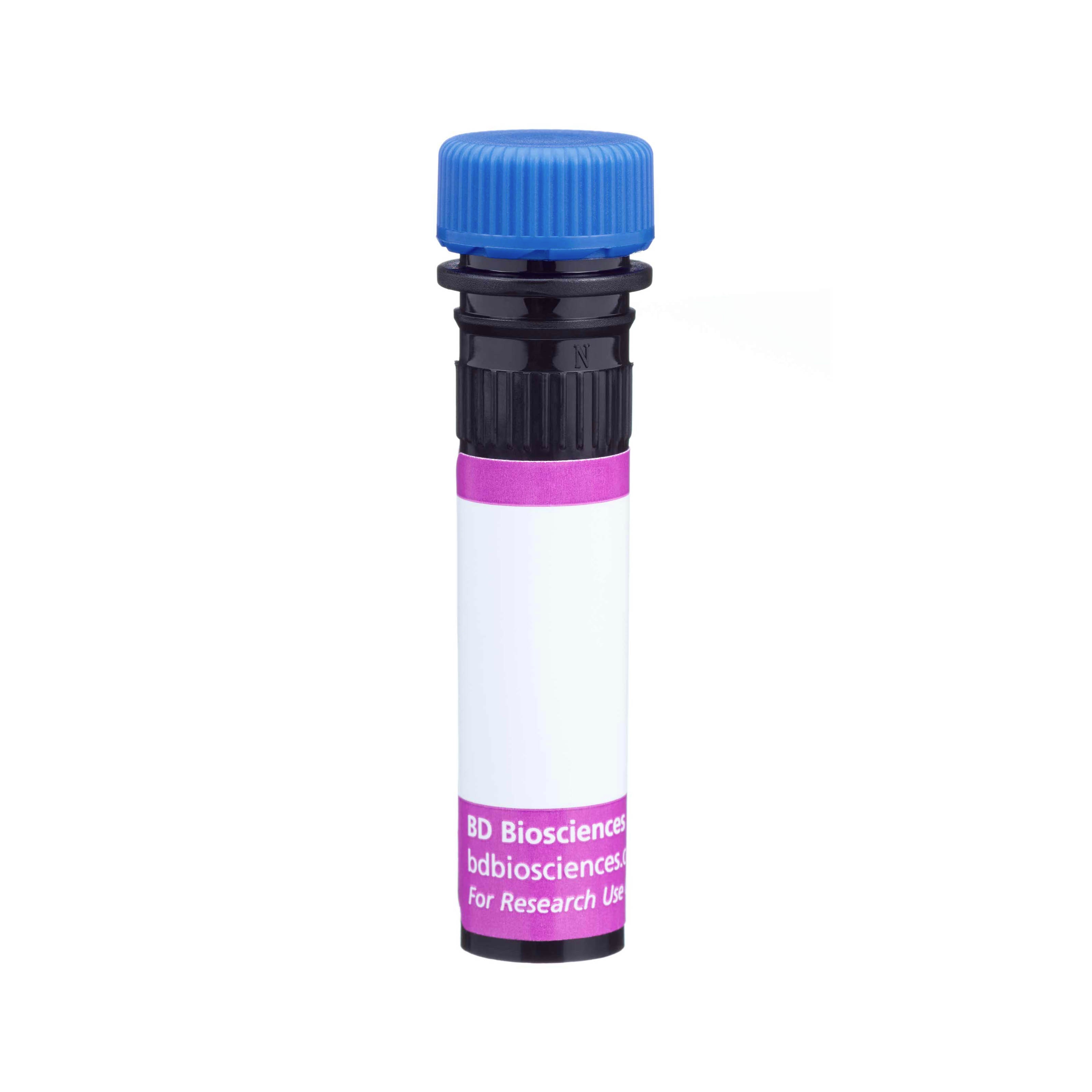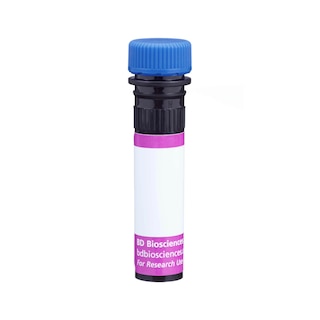-
抗体試薬
- フローサイトメトリー用試薬
-
ウェスタンブロッティング抗体試薬
- イムノアッセイ試薬
-
シングルセル試薬
- BD® AbSeq Assay
- BD Rhapsody™ Accessory Kits
- BD® OMICS-One Immune Profiler Protein Panel
- BD® Single-Cell Multiplexing Kit
- BD Rhapsody™ TCR/BCR Next Multiomic Assays
- BD Rhapsody™ Targeted mRNA Kits
- BD Rhapsody™ Whole Transcriptome Analysis (WTA) Amplification Kit
- BD® OMICS-Guard Sample Preservation Buffer
- BD Rhapsody™ ATAC-Seq Assays
- BD® OMICS-One Protein Panels
-
細胞機能評価のための試薬
-
顕微鏡・イメージング用試薬
-
細胞調製・分離試薬
-
- BD® AbSeq Assay
- BD Rhapsody™ Accessory Kits
- BD® OMICS-One Immune Profiler Protein Panel
- BD® Single-Cell Multiplexing Kit
- BD Rhapsody™ TCR/BCR Next Multiomic Assays
- BD Rhapsody™ Targeted mRNA Kits
- BD Rhapsody™ Whole Transcriptome Analysis (WTA) Amplification Kit
- BD® OMICS-Guard Sample Preservation Buffer
- BD Rhapsody™ ATAC-Seq Assays
- BD® OMICS-One Protein Panels
- Japan (Japanese)
-
Change country/language
Old Browser
Looks like you're visiting us from United States.
Would you like to stay on the current country site or be switched to your country?
BD Horizon™ BV421 Mouse Anti-Human Ig, κ Light Chain
クローン G20-193 (RUO)

Multicolor flow cytometric analysis of Ig κ Light Chain expression on human peripheral blood lymphocytes. Human peripheral blood mononuclear cells (PBMC) were incubated in complete tissue culture medium overnight in order to minimize subsequent nonspecific immunofluorescent staining. The cells were harvested and stained with APC Mouse Anti-Human CD19 antibody (Cat. No. 555415/561742) and either BD Horizon™ BV421 Mouse IgG1, κ Isotype Control (Cat. No. 562438; Left Panel) or BD Horizon™ BV421 Mouse Anti-Human Ig κ Light Chain antibody (Cat. No. 562619; Right Panel). The two-color flow cytometric dot plots showing the correlated expression of Ig κ Light Chain (or Ig isotype control staining) versus CD19 were derived from events with the forward and side light-scatter characteristics of viable lymphocytes. Flow cytometry was performed using a BD™ LSR II Flow Cytometer System.

Multicolor flow cytometric analysis of Ig κ Light Chain expression on human peripheral blood lymphocytes. Human peripheral blood mononuclear cells (PBMC) were incubated in complete tissue culture medium overnight in order to minimize subsequent nonspecific immunofluorescent staining. The cells were harvested and stained with APC Mouse Anti-Human CD19 antibody (Cat. No. 555415/561742) and either BD Horizon™ BV421 Mouse IgG1, κ Isotype Control (Cat. No. 562438; Left Panel) or BD Horizon™ BV421 Mouse Anti-Human Ig κ Light Chain antibody (Cat. No. 562619; Right Panel). The two-color flow cytometric dot plots showing the correlated expression of Ig κ Light Chain (or Ig isotype control staining) versus CD19 were derived from events with the forward and side light-scatter characteristics of viable lymphocytes. Flow cytometry was performed using a BD™ LSR II Flow Cytometer System.



Multicolor flow cytometric analysis of Ig κ Light Chain expression on human peripheral blood lymphocytes. Human peripheral blood mononuclear cells (PBMC) were incubated in complete tissue culture medium overnight in order to minimize subsequent nonspecific immunofluorescent staining. The cells were harvested and stained with APC Mouse Anti-Human CD19 antibody (Cat. No. 555415/561742) and either BD Horizon™ BV421 Mouse IgG1, κ Isotype Control (Cat. No. 562438; Left Panel) or BD Horizon™ BV421 Mouse Anti-Human Ig κ Light Chain antibody (Cat. No. 562619; Right Panel). The two-color flow cytometric dot plots showing the correlated expression of Ig κ Light Chain (or Ig isotype control staining) versus CD19 were derived from events with the forward and side light-scatter characteristics of viable lymphocytes. Flow cytometry was performed using a BD™ LSR II Flow Cytometer System.
Multicolor flow cytometric analysis of Ig κ Light Chain expression on human peripheral blood lymphocytes. Human peripheral blood mononuclear cells (PBMC) were incubated in complete tissue culture medium overnight in order to minimize subsequent nonspecific immunofluorescent staining. The cells were harvested and stained with APC Mouse Anti-Human CD19 antibody (Cat. No. 555415/561742) and either BD Horizon™ BV421 Mouse IgG1, κ Isotype Control (Cat. No. 562438; Left Panel) or BD Horizon™ BV421 Mouse Anti-Human Ig κ Light Chain antibody (Cat. No. 562619; Right Panel). The two-color flow cytometric dot plots showing the correlated expression of Ig κ Light Chain (or Ig isotype control staining) versus CD19 were derived from events with the forward and side light-scatter characteristics of viable lymphocytes. Flow cytometry was performed using a BD™ LSR II Flow Cytometer System.

Multicolor flow cytometric analysis of Ig κ Light Chain expression on human peripheral blood lymphocytes. Human peripheral blood mononuclear cells (PBMC) were incubated in complete tissue culture medium overnight in order to minimize subsequent nonspecific immunofluorescent staining. The cells were harvested and stained with APC Mouse Anti-Human CD19 antibody (Cat. No. 555415/561742) and either BD Horizon™ BV421 Mouse IgG1, κ Isotype Control (Cat. No. 562438; Left Panel) or BD Horizon™ BV421 Mouse Anti-Human Ig κ Light Chain antibody (Cat. No. 562619; Right Panel). The two-color flow cytometric dot plots showing the correlated expression of Ig κ Light Chain (or Ig isotype control staining) versus CD19 were derived from events with the forward and side light-scatter characteristics of viable lymphocytes. Flow cytometry was performed using a BD™ LSR II Flow Cytometer System.

Multicolor flow cytometric analysis of Ig κ Light Chain expression on human peripheral blood lymphocytes. Human peripheral blood mononuclear cells (PBMC) were incubated in complete tissue culture medium overnight in order to minimize subsequent nonspecific immunofluorescent staining. The cells were harvested and stained with APC Mouse Anti-Human CD19 antibody (Cat. No. 555415/561742) and either BD Horizon™ BV421 Mouse IgG1, κ Isotype Control (Cat. No. 562438; Left Panel) or BD Horizon™ BV421 Mouse Anti-Human Ig κ Light Chain antibody (Cat. No. 562619; Right Panel). The two-color flow cytometric dot plots showing the correlated expression of Ig κ Light Chain (or Ig isotype control staining) versus CD19 were derived from events with the forward and side light-scatter characteristics of viable lymphocytes. Flow cytometry was performed using a BD™ LSR II Flow Cytometer System.




Regulatory Statusの凡例
Any use of products other than the permitted use without the express written authorization of Becton, Dickinson and Company is strictly prohibited.
Preparation and Storage
Product Notices
- This reagent has been pre-diluted for use at the recommended Volume per Test. We typically use 1 × 10^6 cells in a 100-µl experimental sample (a test).
- Source of all serum proteins is from USDA inspected abattoirs located in the United States.
- An isotype control should be used at the same concentration as the antibody of interest.
- Please refer to www.bdbiosciences.com/us/s/resources for technical protocols.
- Caution: Sodium azide yields highly toxic hydrazoic acid under acidic conditions. Dilute azide compounds in running water before discarding to avoid accumulation of potentially explosive deposits in plumbing.
- For fluorochrome spectra and suitable instrument settings, please refer to our Multicolor Flow Cytometry web page at www.bdbiosciences.com/colors.
- Pacific Blue™ is a trademark of Molecular Probes, Inc., Eugene, OR.
- Brilliant Violet™ 421 is a trademark of Sirigen.
関連製品




最近閲覧済み
The G20-193 monoclonal antibody specifically binds to human immunoglobulin light chain, kappa (κ). It does not react with human immunoglobulin λ light chains or human immunoglobulin heavy chains.
The antibody was conjugated to BD Horizon™ BV421 which is part of the BD Horizon™ Brilliant Violet™ family of dyes. With an Ex Max of 407-nm and Em Max at 421-nm, BD Horizon™ BV421 can be excited by the violet laser and detected in the standard Pacific Blue™ filter set (eg, 450/50-nm filter). BD Horizon™ BV421 conjugates are very bright, often exhibiting a 10 fold improvement in brightness compared to Pacific Blue™ conjugates.
Development References (2)
-
Cary SP, Lee J, Wagenknecht R, Silverman GJ. Characterization of superantigen-induced clonal deletion with a novel clan III-restricted avian monoclonal antibody: exploiting evolutionary distance to create antibodies specific for a conserved VH region surface. J Immunol. 2000; 164(9):4730-4741. (Clone-specific: Flow cytometry). View Reference
-
Widhopf GF, 2nd, Brinson DC, Kipps TJ, Tighe H. Transgenic expression of a human polyreactive Ig expressed in chronic lymphocytic leukemia generates memory-type B cells that respond to nonspecific immune activation. J Immunol. 2004; 172(4):2092-2099. (Biology: Flow cytometry). View Reference
Please refer to Support Documents for Quality Certificates
Global - Refer to manufacturer's instructions for use and related User Manuals and Technical data sheets before using this products as described
Comparisons, where applicable, are made against older BD Technology, manual methods or are general performance claims. Comparisons are not made against non-BD technologies, unless otherwise noted.
For Research Use Only. Not for use in diagnostic or therapeutic procedures.
